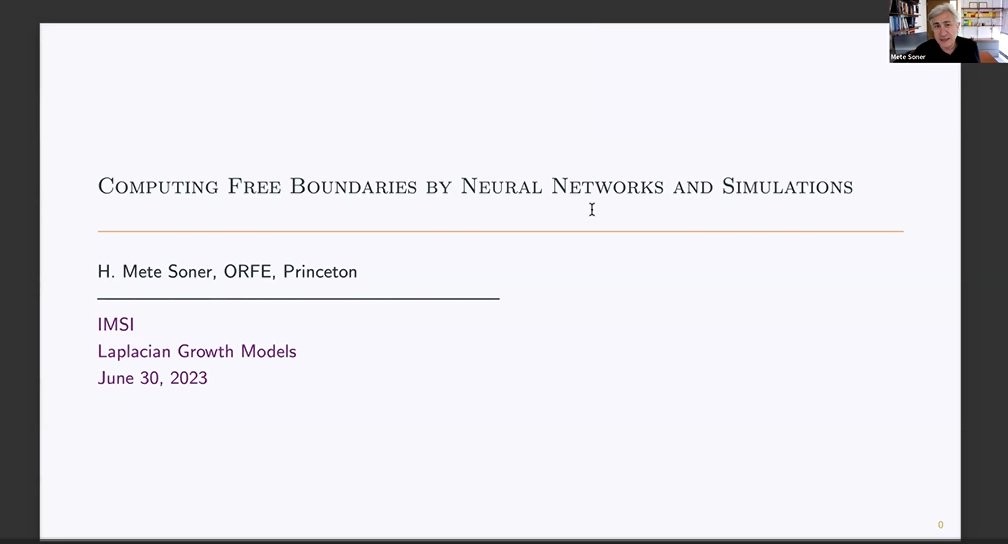Abstract
A numerical method for the computation of free boundaries when a stochastic representation is available will be discussed. It is based on an algorithm which we call deep empirical risk minimization developed by E, Han and Jentzen. Their approach applies generally to many stochastic optimal control problems. In the presence of free boundaries, it has to be modified to account for training based on hitting times. In this talk, I outline how this is achieved for the classical problems of optimal stopping or the obstacle problem, and for the Stefan problem for the water-ice interfaces. For the Stefan problem, we use the recent stochastic representations, the notion of physical probabilistic solutions, and level-sets parameterized by deep neural networks on the numerical side.
